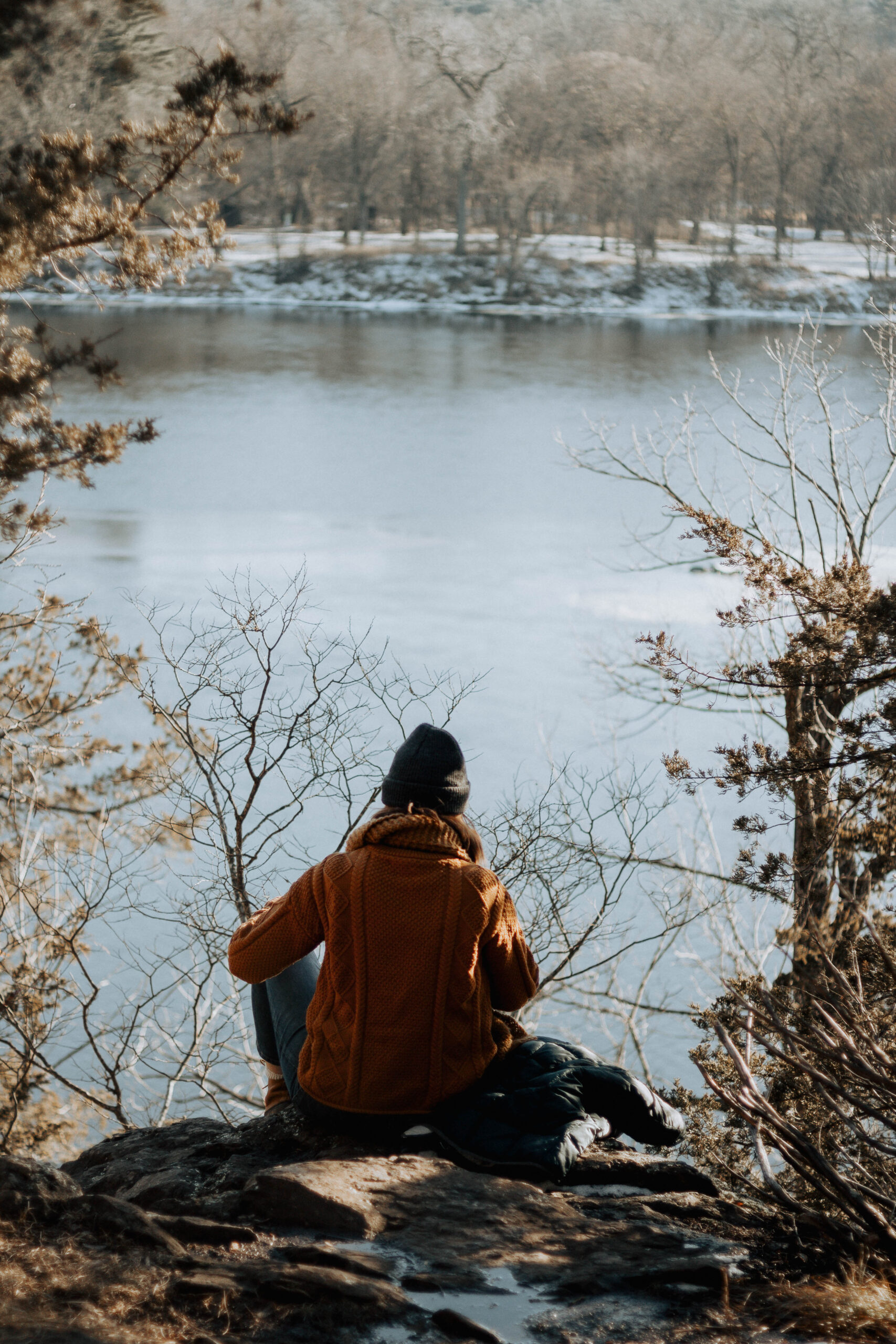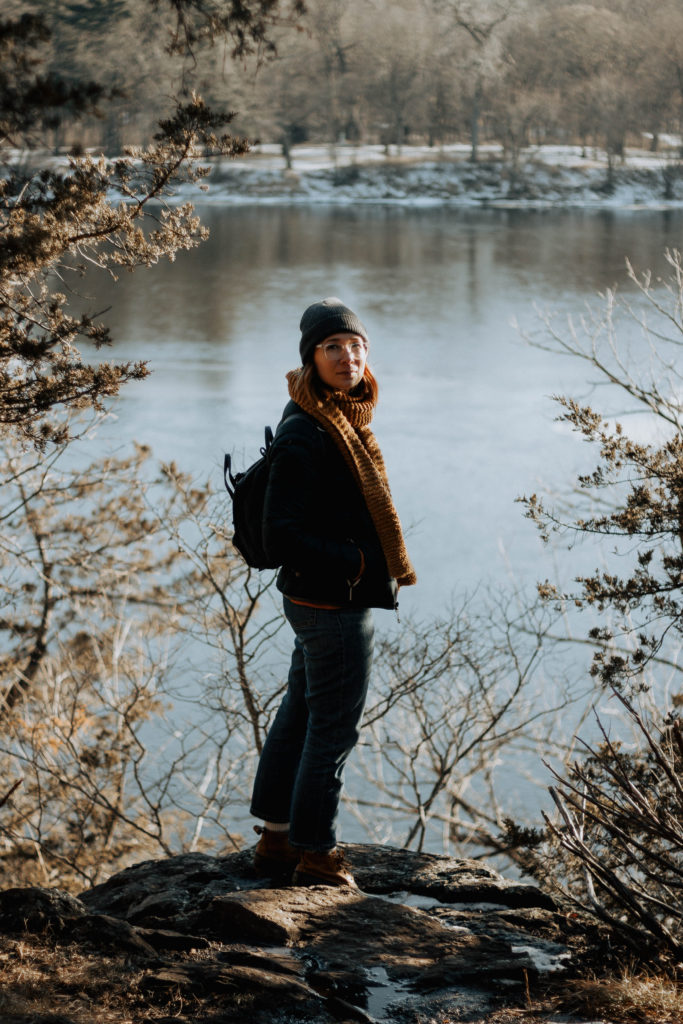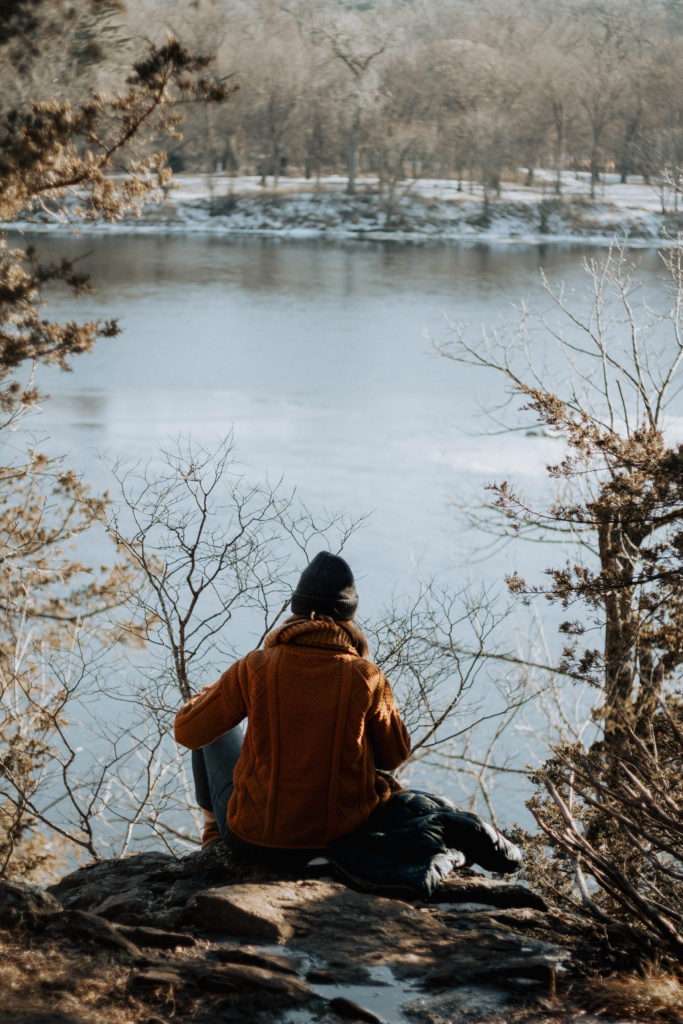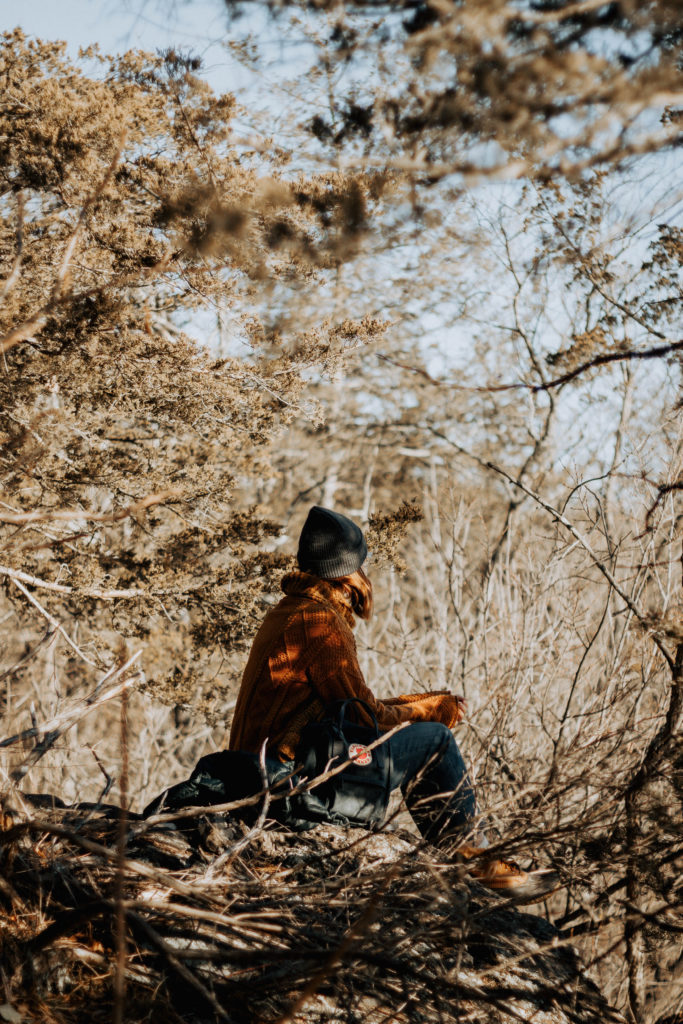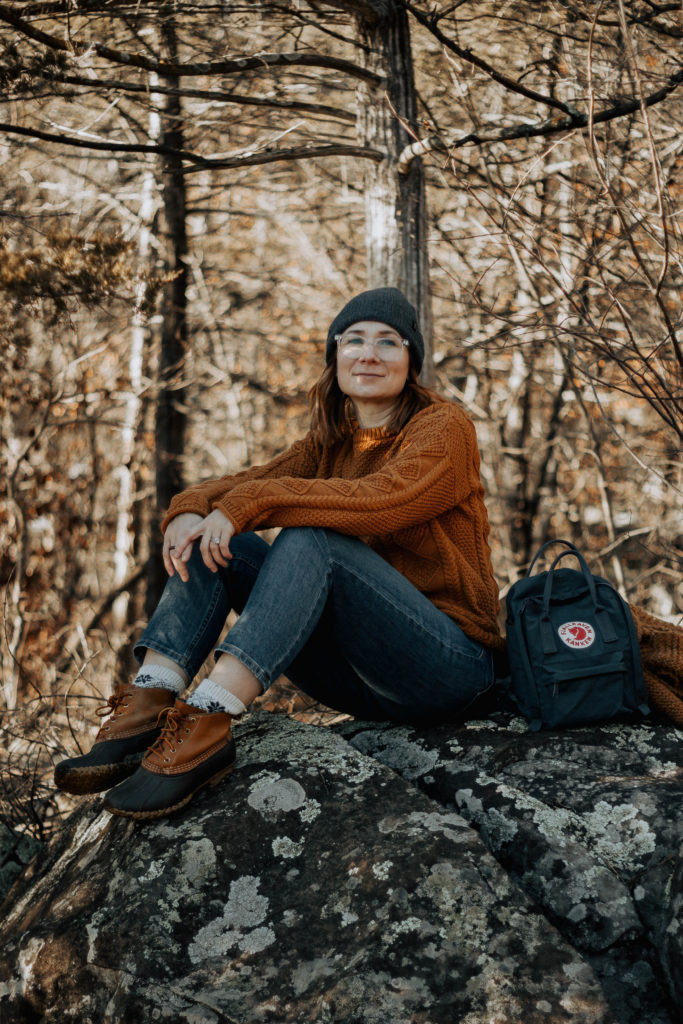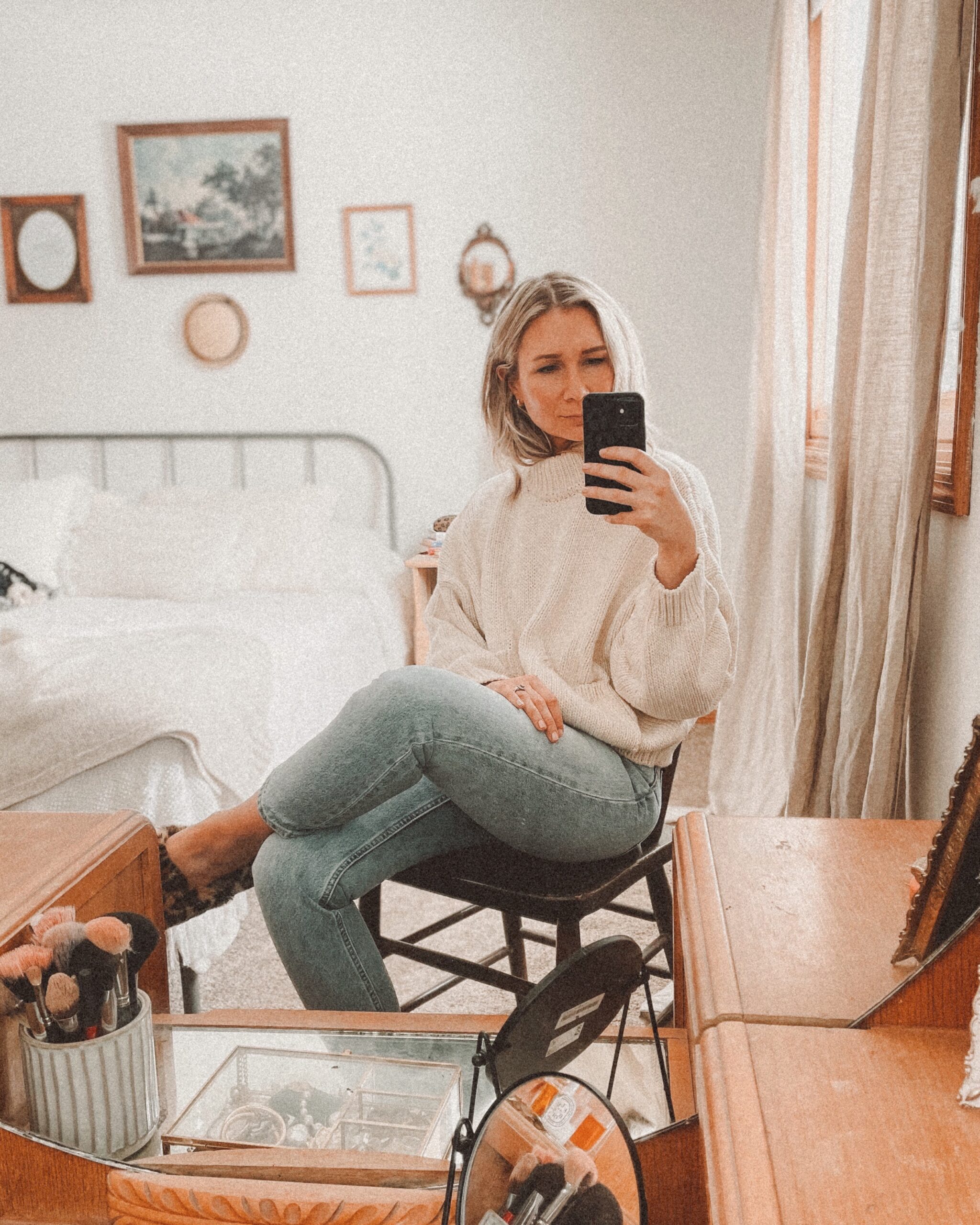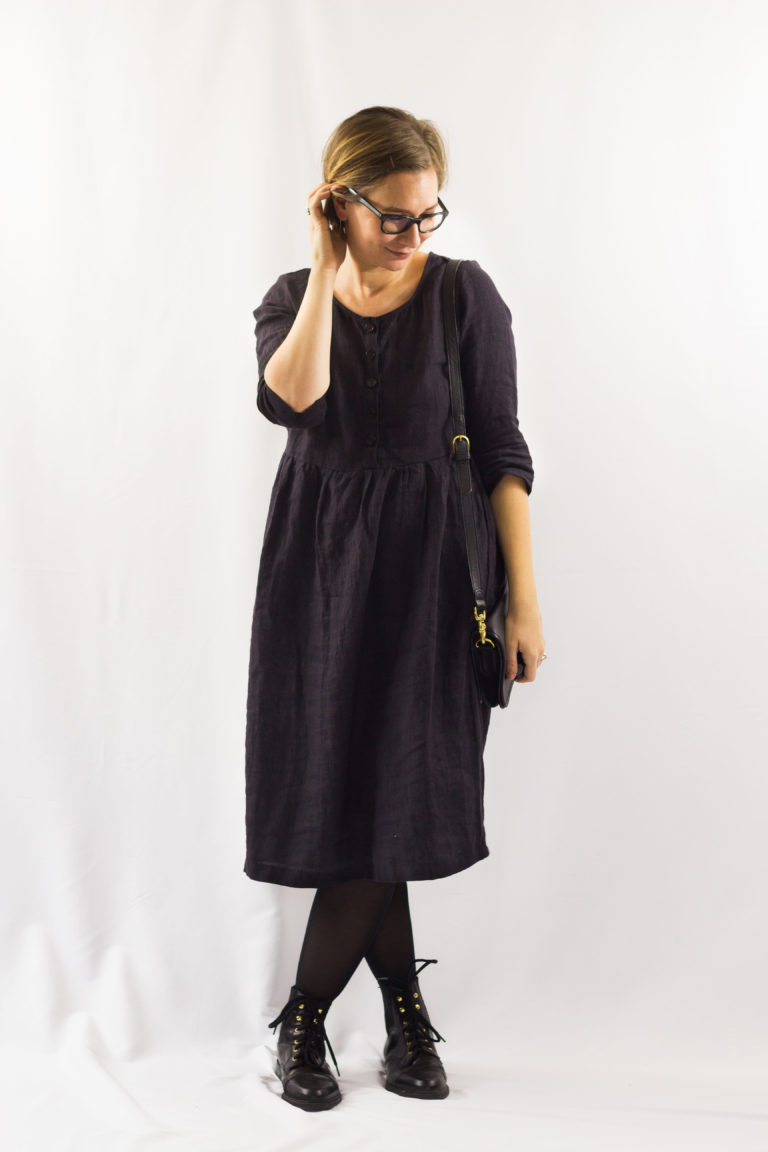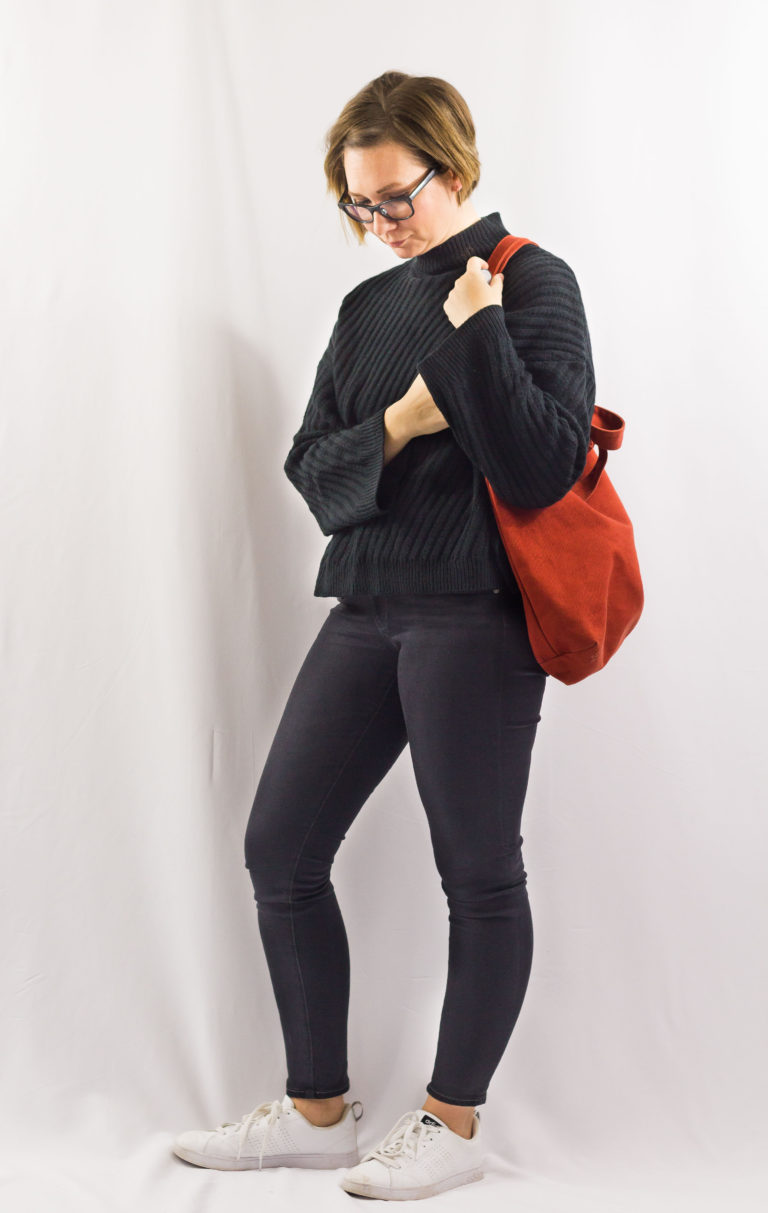What to Wear for for Cold Weather Hiking
David and I have always loved the outdoors.
And while we’ve slowed down since having kids,
hiking, camping, and outdoor adventures in general have been a huge part of our marriage and enjoyment of each other… we’ve had our best (and often most productive) conversations on the trail.
We actually met on a camping trip.
I can still remember young, naive and awkward Karin trying to impress the older, quiet and mysterious (he was just shy ha!) David with her outdoor skills (which did not exist).
But over the 10 years that we have been married I’ve slowly chipped away at investing in outdoor clothing (and I’ve also learned what’s WORTH investing in, and what’s a gimmick).
In fact, outdoor clothing was the first area of my wardrobe that I adopted a mindset of buy fewer, but better. I was investing in outdoor gear LONG before I was in the rest of my wardrobe.
And the reason for that is, well, you can really tell the difference between high quality outdoor clothing, and low quality outdoor clothing… in other words, you really can’t fake it.
All of the pieces I’ve invested in over the years are still with me. I don’t think I’ve ever purged an outdoor piece of clothing… which is a testament to the value in making mindful, slow purchases when it comes to investment pieces.
BUT with that said, I’ve also learned over the last ten years how to not get sucked into the idea that I need a high tech everything. Sometimes, on our hiking trips, we’d see campers who had the most expensive version of everything… which is fine! But it’s not necessary.
You really only need a few good, quality pieces to get you through most adventures.
So with all that said, I thought it would be fun to share my recommendations with you guys today. These are my tried and trusted pieces of outdoor gear (some of them are newer versions, as some my pieces are quite old).
We’ll break it down by category:
ONE | Base layers
For the top:
For the bottom:
TWO | Mid layers
The key to dressing successfully for cold weather activities is layers! My typical formula is base layer, top layer (both on top and bottom) and a jacket on top. Layers are important because they can be removed and added depending on weather changes or time of day. I don’t think you necessarily need all weight options… I would pick one or two depending on the climate of where you live, and then if you need to add an extra one in for specific trips you can do that later on.
Mid layers are dependent on a lot of things, but mostly the weather you’ll be dealing with, and what type of activity you’ll be doing. For basic hikes in cold (but not frigid) weather I prefer to wear one of my normal sweaters. Wool is a nice option for extra warmth, but I often prefer cotton as it’s easy to get too hot with wool. When I want to take it up a notch, I go for a technical fleece. This is where you can really start to see quality making a big difference. A fleece from Target is not going to do the job as well as a Patagonia fleece. They cost money for a reason! I would suggest investing in one mid layer, and if I had to suggest ONE option it would be the last option I have above: the Patagonia Better Sweater.
THREE | Top layers
Bottoms:
Here’s my secret: I prefer regular denim for most hikes. It’s warm, it’s comfortable, and it moves well. There are situations when I prefer more technical materials. If I’m on an outdoor trip I definitely prefer technical pants. They hold up a lot better with multiple uses, and they typically work well for slight weather changes (especially if you get the kind that can zip off into shorts). My Prana Halle pants (the third option above) have seen SO much wear and they are still in great condition. I also love my Patagonia denim (last option above) for when we go on trips where we’re hiking a lot, but also going into town for dinner… they transition really well. However, this is one area I’m not convinced you need to invest in unless you plan to do some serious hiking.
For the top:
Jackets are really important (I feel like that goes without saying). THIS is where you should be investing. I like to have a variety of options depending on the weather, but the two that I use the most (I live in Minnesota where it gets FRIGID) are the heavy duty jacket and the windbreaker jacket. If your climate doesn’t get that cold, you’ll probably do fine with a vest or a lightweight puffer jacket. The important thing is to get one that’s high quality so it actually does what it’s supposed to… I had a cheap puffer coat all throughout college that was basically as warm as a denim jacket. You don’t want that. 🙂
Four | Feet
Socks:
socks are, in my opinion, the most important part of winter dressing… and unless you’ve experienced the power of a good pair of wool socks then you probably think I’m crazy. But if your feet are cold, you’ll be miserable. I swear by smartwhool socks and pretty much only wear their hiking socks. They keep my feet so incredibly warm, and if snow creeps in they keep my feet dry.
Boots:
I’m only showing you two shoe options because these are the only shoes you’ll need for most cold outdoor adventures. I actually prefer my L.L. Bean boots for almost every occasion. They’re lightweight, waterproof, and they don’t rub at my ankles. For occasions that require a bit more, I do like a traditional hiking boot but I try to wear my bean boots whenever possible.
FIVE | All the extras
Not much to say in this category… its pretty self explanatory!
So there you go, these are my cold weather outdoor essentials. Did I miss anything? I also wanted to mention that outdoor clothing is super easy to thrift, so if investing in brand new is not an option, definitely check eBay or Poshmark!
Until next time,
Karin
Some of the links in this post are affiliate links. If you choose to shop through them I will make a small commission. Thank you for supporting Truncation!
Tradlands Sweater c/o. Use code Karin15 to get 15% off. (size down for more fitted, though it does shrink a bit)
Everlane Jeans (tts)
L.L. Bean Duck boots (TTS)
The usual suspects:
Camera I shoot with/lens I shoot with
